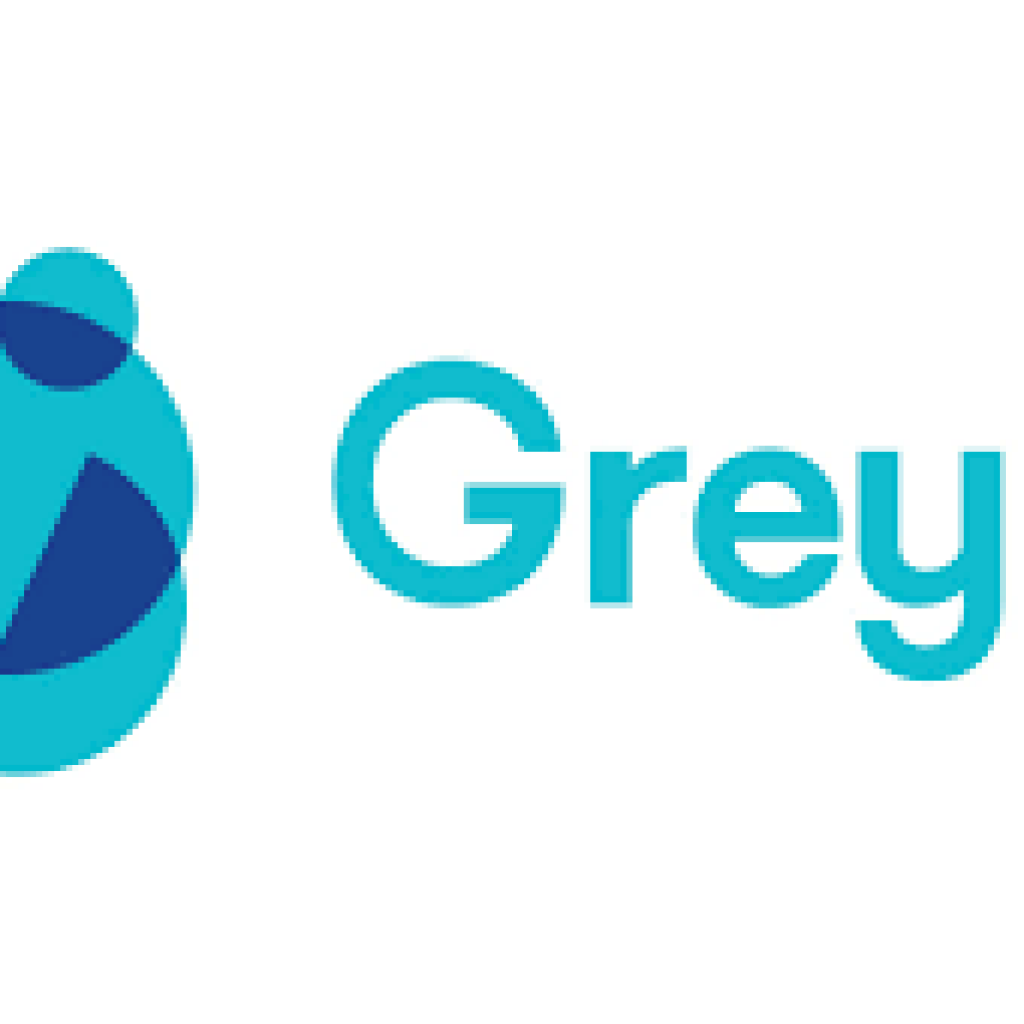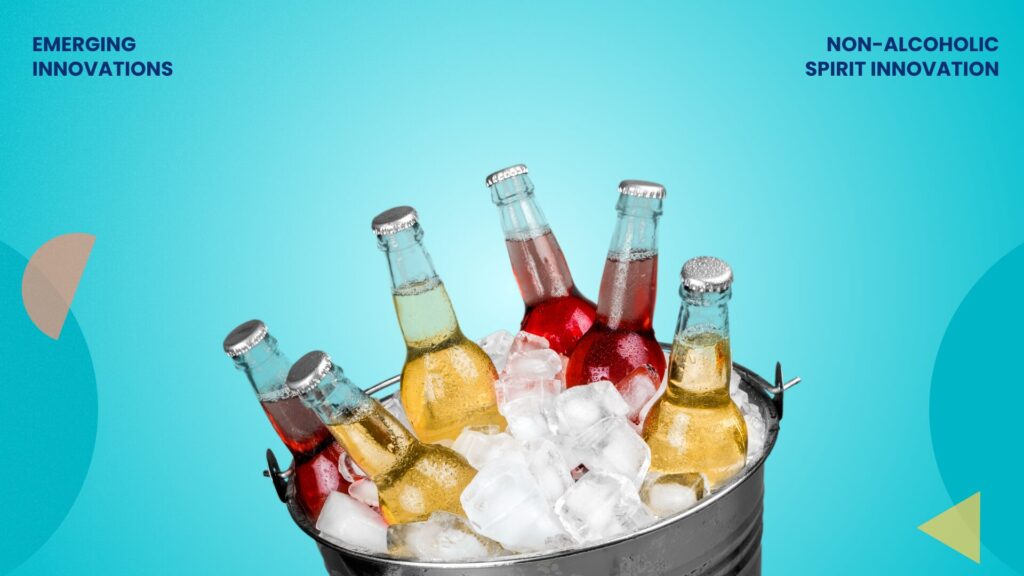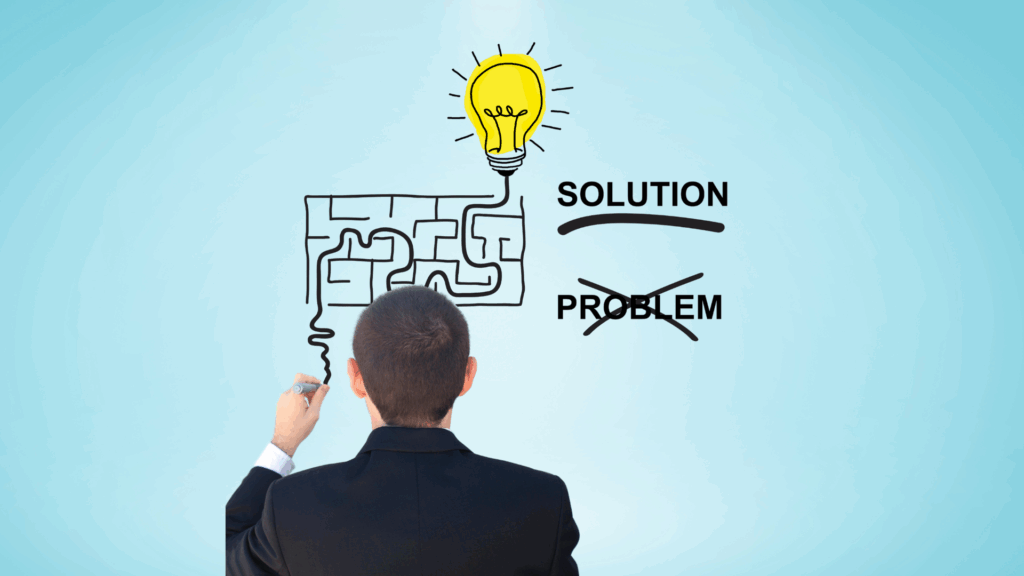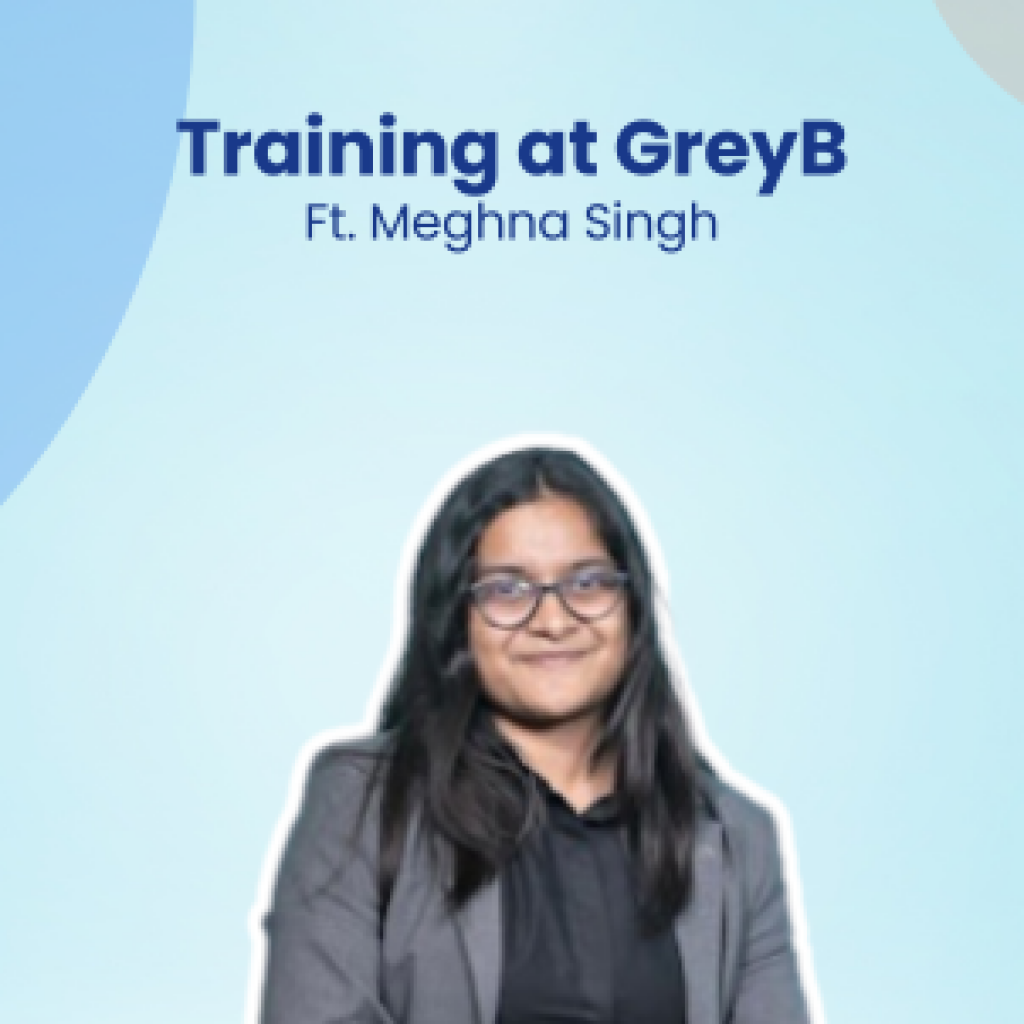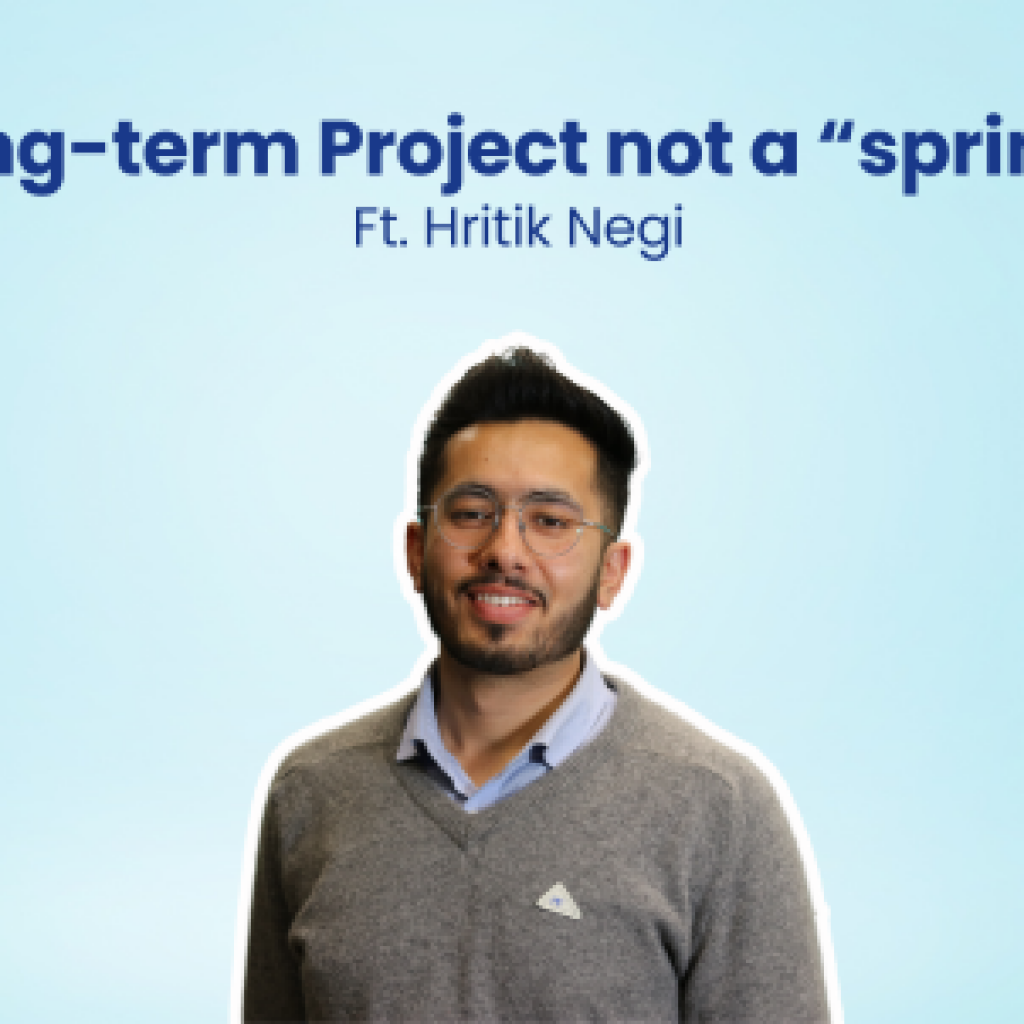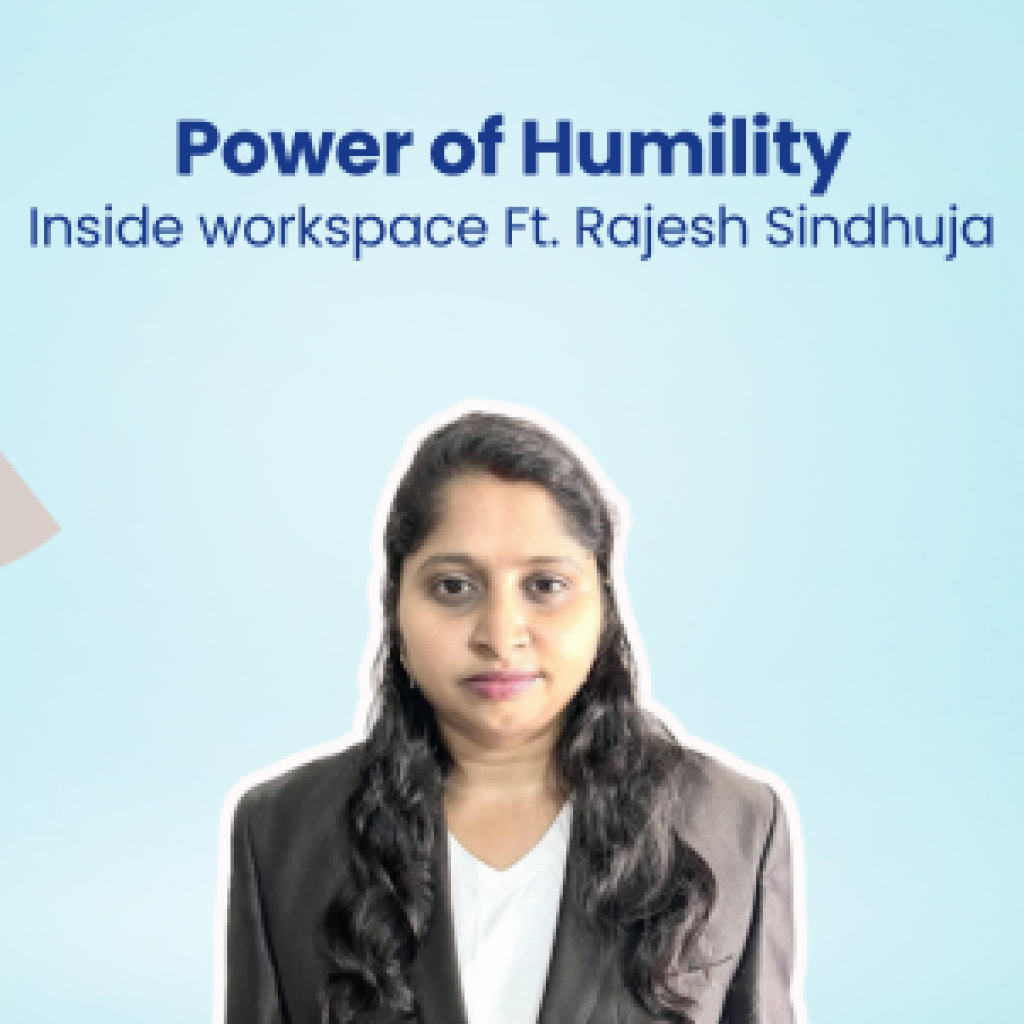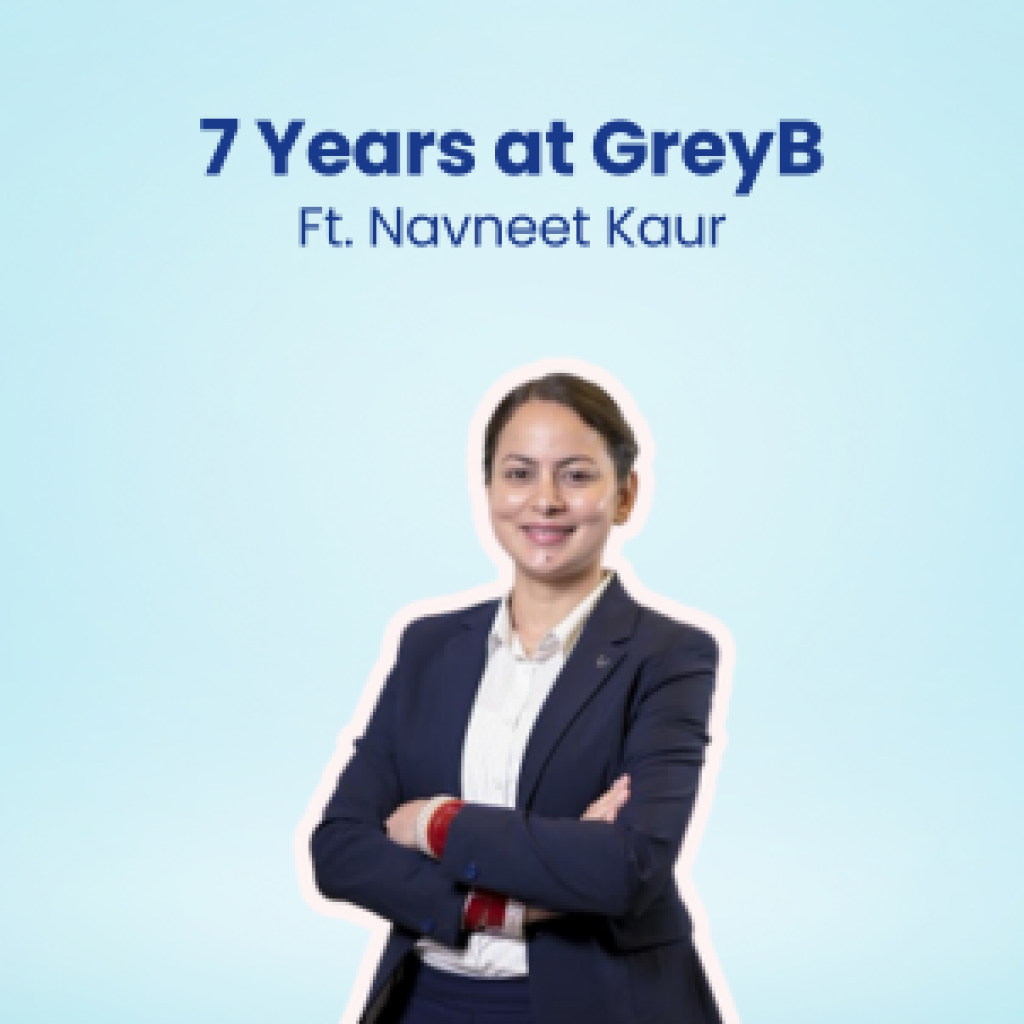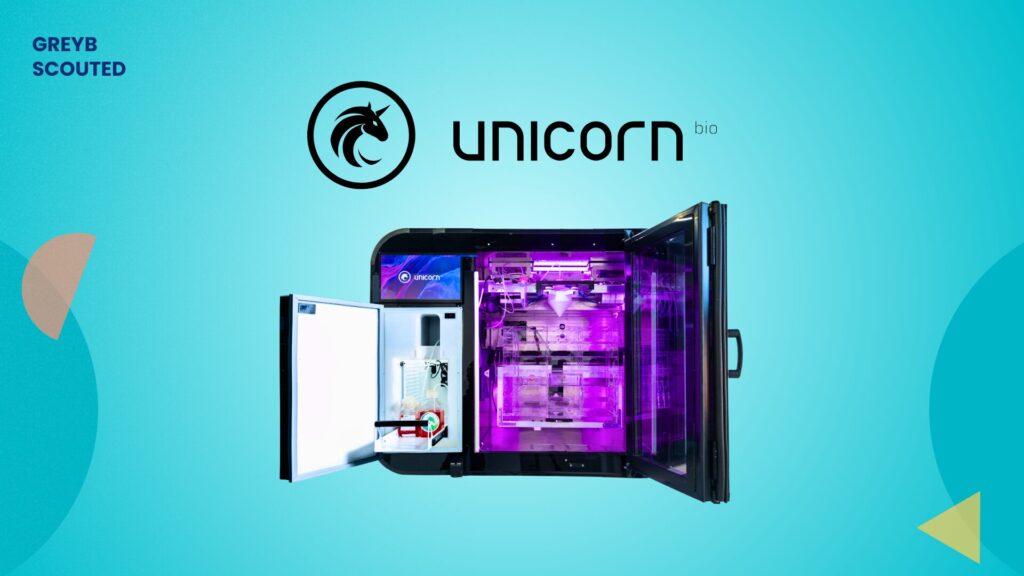Major recently found himself staring at a project slide deck. “On the surface, everything seemed right — strong insights, smooth flow, and a satisfied client. But something still felt…off.”, he shared.
How often has the “something doesn’t sit right” feeling hit you?
To him, the presentation wasn’t wrong. But it wasn’t remarkable either. It had clarity but lacked depth. That moment prompted Major to pause and reflect.
It reminded me of a conversation I had with one of the senior analysts when I first joined GreyB around two years ago. We were discussing creative tension, and someone shared a quote that has stayed with me since:
“If your work feels predictable, try removing something you have always assumed was necessary.”
At the time, it sounded like a good thought. But in this moment, it felt real. I could immediately name what needed to be removed: the parts built to impress rather than clarify, the slides that looked valuable but added nothing.
This led Major to start something simple but powerful: a weekly email thread. He decided that each week, he would share a framework or mental model that helped him move beyond predictable thought paths in the past.
The purpose was not just to give other Greybian tools for better recommendations. It was to help them think differently—how to understand a problem, how to approach a discussion, and how to respond in moments that felt unclear or off track. These frameworks were not checklists; they were filters.
So, he started the email thread with one of his favorites: ERRC (Eliminate, Reduce, Raise, Create)
We start with a simple one: ERRC (Eliminate, Reduce, Raise, Create).
It forces four clear questions:
- What can I eliminate that is not helping?
- What should I reduce because it is overdone?
- What can I raise because it matters more than we admit?
- What should I create that is missing but needed?
We used this model for a multinational soft drink company when they asked how to connect better with younger consumers. It helped us challenge distribution defaults, simplify packaging clutter, and build ideas like fruit-for-pack exchanges and youth-focused retail zones.
We used it again for a leading alcoholic beverage company, which wanted to improve how consumers saw their refillable alcohol units. ERRC helped us get rid of vague messaging, cut down technical jargon, and focus on safety, simplicity, and brand alignment without adding complexity.
After all these projects, I applied the same thinking to the entire deck. I removed half the slides. Rebuilt the structure.
The result?
Shorter. Sharper. Stronger.
And yes — the client noticed.
Here is how the clients responded:
“Intuitive, directly aligned with our way of thinking, a good output format for us to leverage.”
“Now it looks very neat, and we can see clearly what we need to do next. Also, it is now easier to convey to our internal team the reason for our approach.”
Just like that, GreyB ensures each insight is clear and meaningful by applying mental models that eliminate the obvious. To break monotonic thinking, we challenge assumptions and refine our approach to problems. This way, we drive continuous innovation in both our internal processes and client projects.





